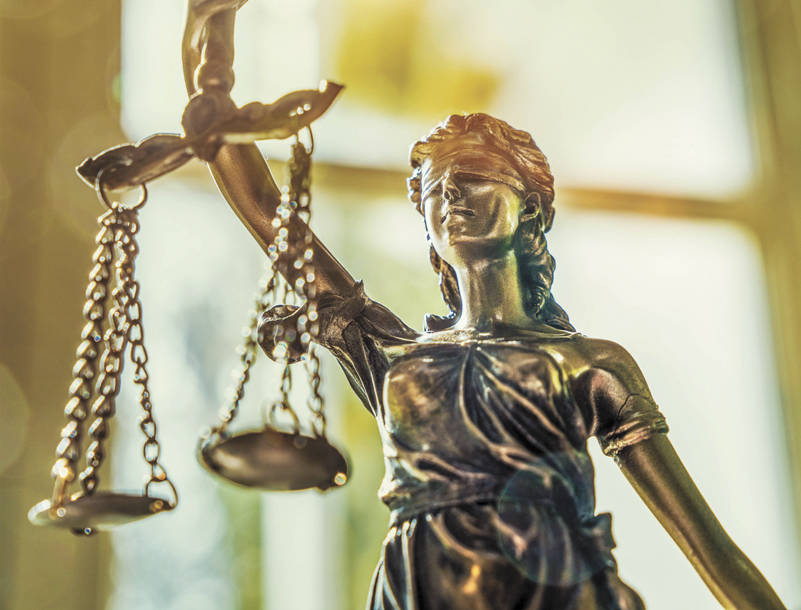Girls of color make up nearly half of all girls admitted to juvenile detention in Washington state despite being only about 35 percent of juvenile females. Black girls are disproportionately detained in every jurisdiction. The majority of girls in detention were being held on misdemeanors, unlike boys who were more likely to be held on felonies.
These are some of the findings of a first-of-its-kind study and analysis of racial disparities among juvenile detention admission rates in Washington state, conducted by the Washington State Center for Court Research and sponsored by the Washington State Minority and Justice Commission.
The report concludes that girls in detention in Washington state, particularly girls of color, need resources and supportive alternatives to detention, especially in the midst of national conversations about significant juvenile justice reform.
“Criminal Justice research often treats girls in juvenile detention as an afterthought, and as a consequence we have little research and data on their experiences,” said Frank Thomas, court program analyst with the Minority and Justice Commission. “We hope this report not only sheds light on racial disparities in our juvenile justice system, but also serves as a road map to further research that leads to improving court policy.”
Among the study’s findings:
27.3 percent of all Washington state juvenile detention admissions in 2019 were girls.
Non-White girls accounted for 13.4 percent of all admissions, or roughly half of all female admissions.
Black girls made up 4.9 percent of the state female youth population in 2019, but 14.6 percent of female detention admissions. Native girls made up 2.4 percent of the female youth population but 7 percent of female detention admissions in 2019. Latinx girls made up 18.5 percent of the female youth population but 24.6 percent of female detention admissions. White girls made up 56.6 percent of the youth population and 49 percent of admissions.
Rates of detention and racial disproportionality varied substantially across counties.
39.3 percent of girls admitted to detention in 2019 were incarcerated for a misdemeanor offense, compared to 28.9 percent of admissions for a felony charges, 11.5 percent for criminal violations, and 16 percent for non-offender matters (such as delinquency).
By comparison, 32.8 percent of boys were admitted for misdemeanors in 2019, 40.1 percent were admitted for felonies, 13.8 percent for criminal violations and 7 percent for non-offender matters.
“This study provides important new information as we seek to understand the experience of girls in our state juvenile justice system and to eradicate inequities that exist along the lines of race and gender,” said Washington Supreme Court Justice Mary Yu, co-chair of the Minority and Justice Commission.
The new research underscores the significance of statewide legislation and policies for developing race-conscious juvenile justice reform and youth programs, according to report authors. The full report can be found on the Minority and Justice Commission web page.
“The Court is committed to following through on the promises we made in our June 4th, 2020 letter regarding eliminating racial bias in the justice system,” said Washington Supreme Court Chief Justice Steven González. “Thoughtful, balanced studies such as this one by the Minority and Justice Commission on girls of color in custody will help us fashion informed solutions. The results of this important study may be counterintuitive in some ways and the results vary by county and by race. I urge everyone who cares about justice to read it carefully.”
The Washington State Minority and Justice Commission was established by the state Supreme Court in 1990 to recommend actions for overcoming racial and ethnic bias in the courts of Washington. A 1988 task force established by the judicial branch at the request of state lawmakers found that bias exists in the judicial system.
– Washington Courts





